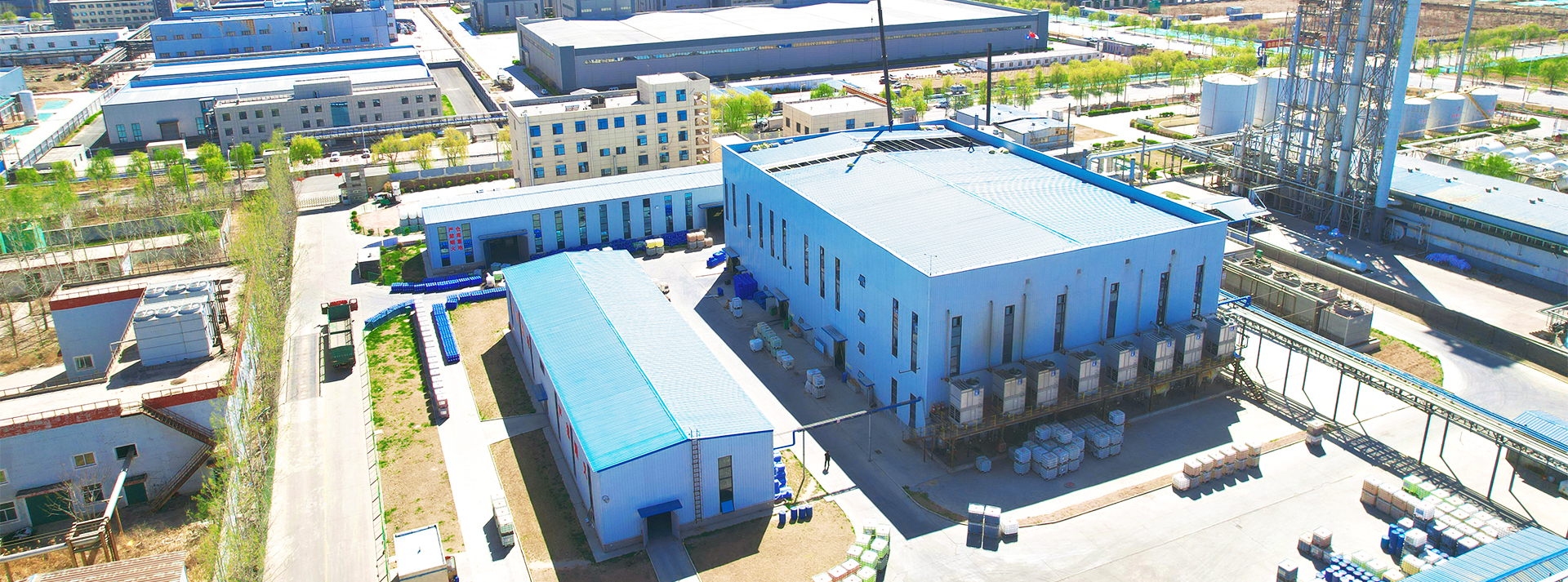Poly Aluminium Chloride Usage in Potable Water Treatment and its Benefits for Safe Drinking Water
Poly Aluminium Chloride for Drinking Water Treatment A Comprehensive Overview
Poly Aluminium Chloride (PAC) is an inorganic polymer that has gained prominence in the field of water treatment, particularly for drinking water purification. Its application is largely due to its efficacy as a coagulant and flocculant, which is essential in removing suspended solids and organic matter from water sources. The increasing demand for clean drinking water, coupled with the growing concerns over waterborne diseases, has led to the widespread adoption of PAC in municipal water treatment facilities worldwide.
What is Poly Aluminium Chloride?
Poly Aluminium Chloride is a compound formed by the polymerization of aluminium chloride with basic aluminium sulphates. This unique structure allows PAC to possess a higher charge density compared to traditional coagulants like alum (aluminium sulfate), making it more effective in a variety of water conditions. PAC typically comes in a solid or liquid form, and its solubility in water enables rapid dispersion, facilitating quick action in water treatment processes.
How Does PAC Work?
The effectiveness of PAC in water treatment primarily lies in its ability to destabilize colloidal particles. When added to water, PAC dissociates into aluminium ions, which interact with negatively charged particles, resulting in their aggregation into larger flocs. These flocs can then be easily removed from the water through sedimentation or filtration processes. Furthermore, PAC's high charge density not only improves floc formation but also enhances the settling rate of the formed flocs, leading to clearer water and reduced chemical usage.
Advantages of Using PAC
poly aluminium chloride for drinking water

One of the major advantages of PAC over traditional coagulants is its effectiveness at a lower dosage. This not only reduces the operational costs associated with water treatment but also minimizes the generation of sludge, which is a common issue with alum-based treatments. Additionally, PAC is effective over a wide pH range and can operate effectively in both cold and hot water conditions, making it versatile for various water sources.
Moreover, PAC has been found to improve the removal of organic matter, microorganisms, and turbidity, thus enhancing the overall quality of drinking water. This is particularly crucial in regions where water sources may be contaminated with pathogens or where seasonal variations affect water quality.
Environmental Considerations and Safety
While PAC is generally considered safe for use in drinking water treatment, its application must still adhere to regulatory guidelines to ensure public health and safety. It is essential for water treatment facilities to monitor aluminium levels in the treated water, as excessive concentrations can lead to environmental and health concerns. However, when used appropriately, PAC has a lower environmental impact compared to some alternative coagulants.
Conclusion
In summary, Poly Aluminium Chloride is an effective and efficient coagulant for drinking water treatment. Its ability to enhance water quality by removing suspended solids, organic matter, and pathogens makes it an invaluable tool in ensuring safe drinking water supplies. As the global population continues to grow and the demand for potable water increases, the relevance of PAC in water treatment processes will likely expand, underscoring the need for continued research and innovation in the field. The future of water treatment technology may depend significantly on the integration of compounds like PAC, facilitating better health outcomes for communities worldwide.
-
Understanding Acrylic Homopolymers and Their ApplicationsNewsApr.01,2025
-
The Emerging Importance of Polyaspartic AcidNewsApr.01,2025
-
Poly Aluminum Chloride and Polyacrylamide: Key Players in Water TreatmentNewsApr.01,2025
-
Flocculants for Water TreatmentNewsApr.01,2025
-
Essential Solutions for Water Treatment and PurificationNewsApr.01,2025
-
Chemical Solutions for Advanced IndustriesNewsApr.01,2025





